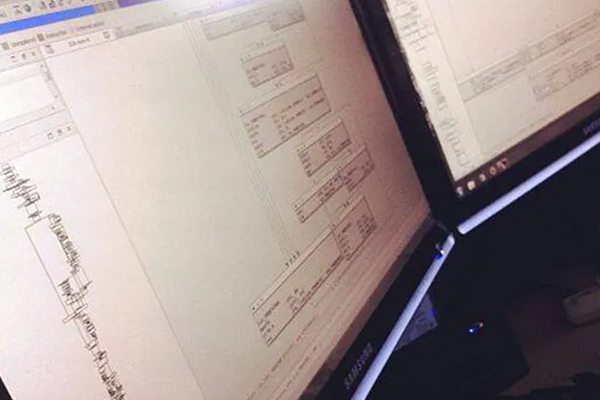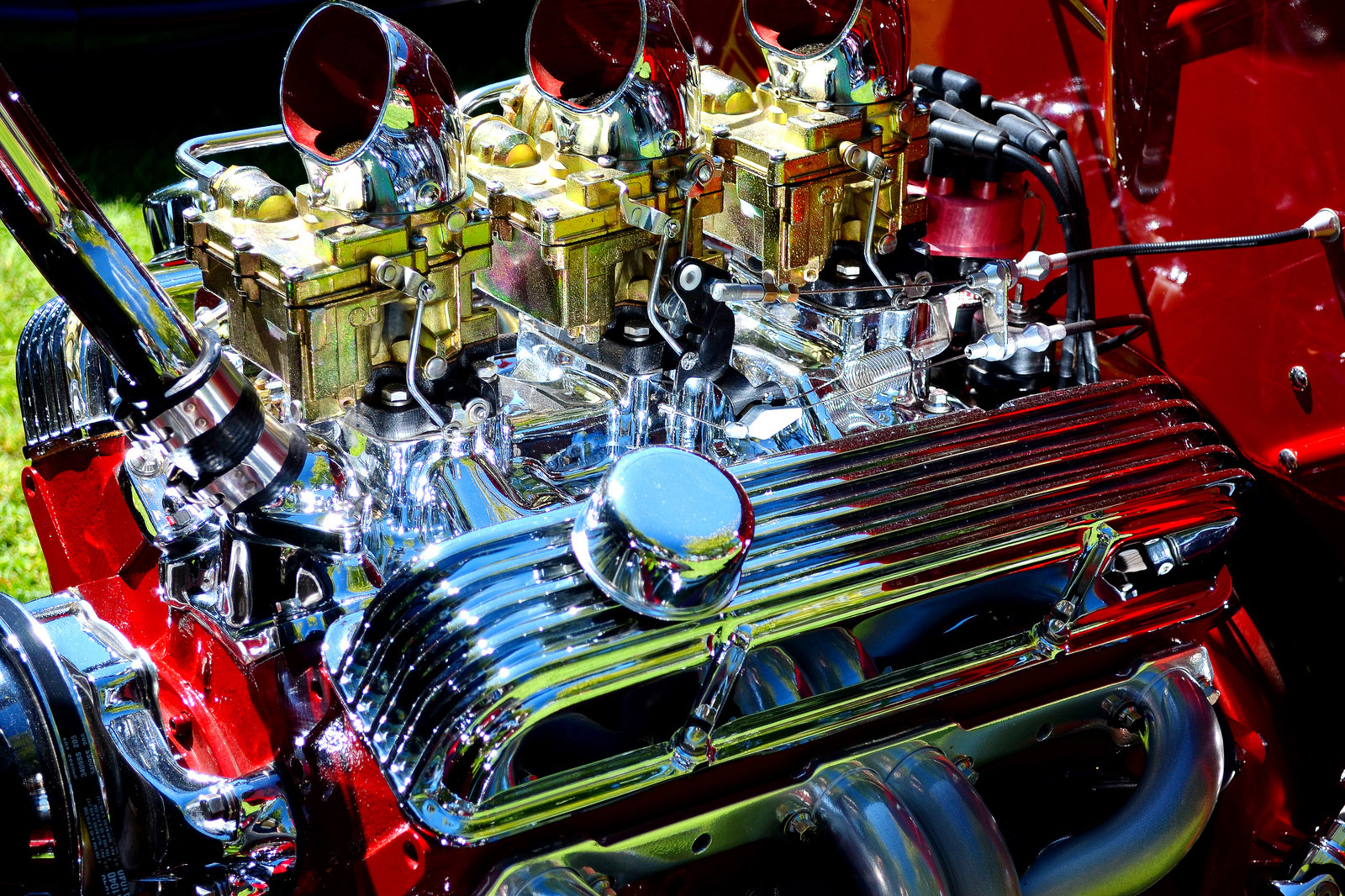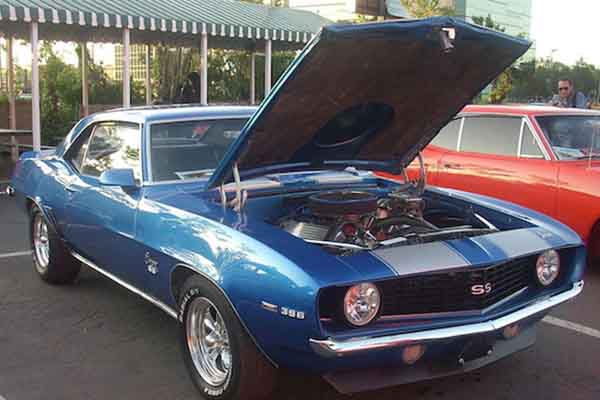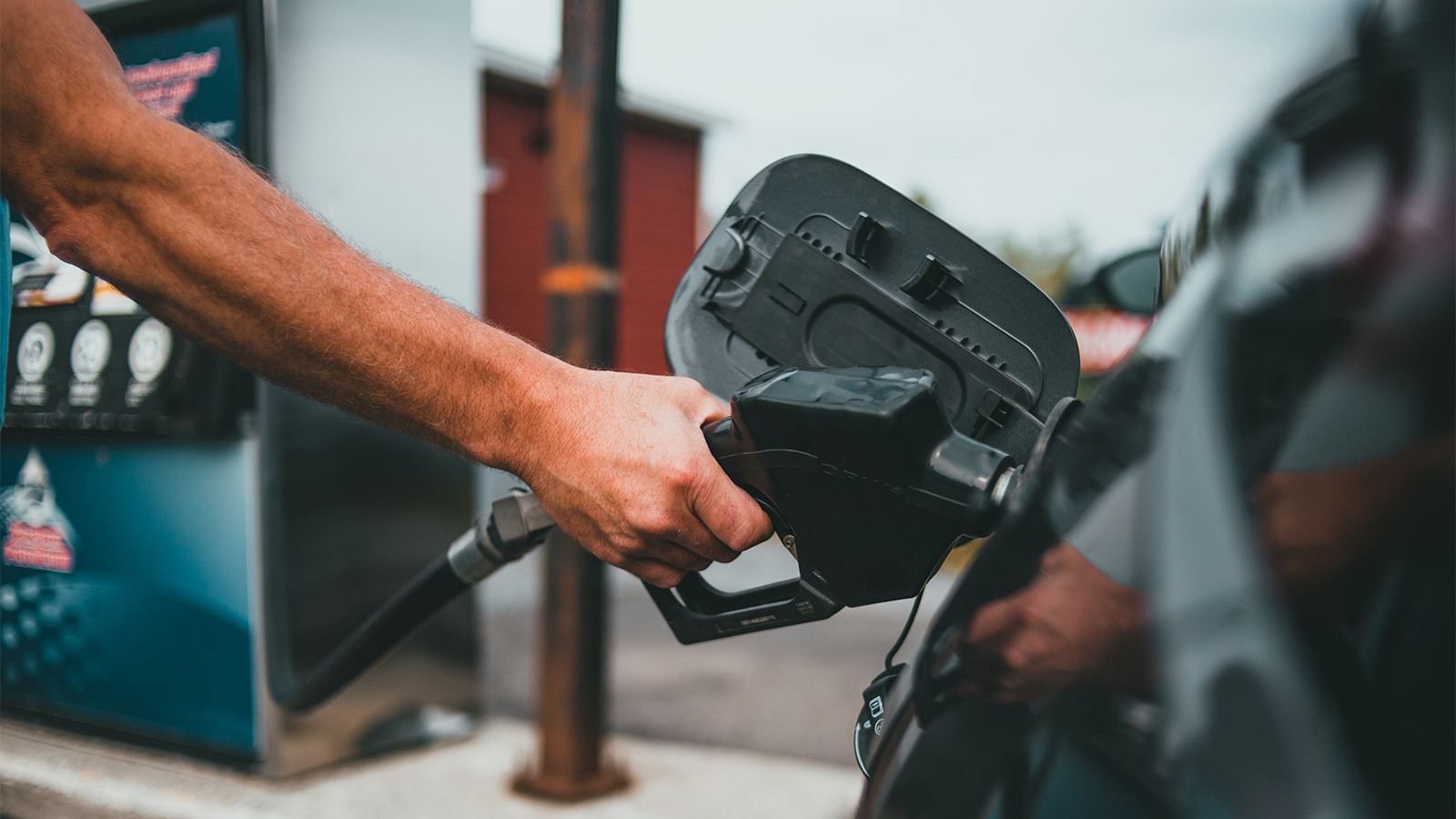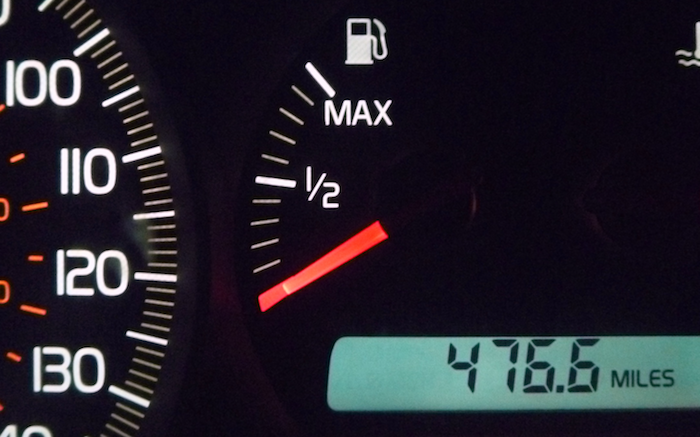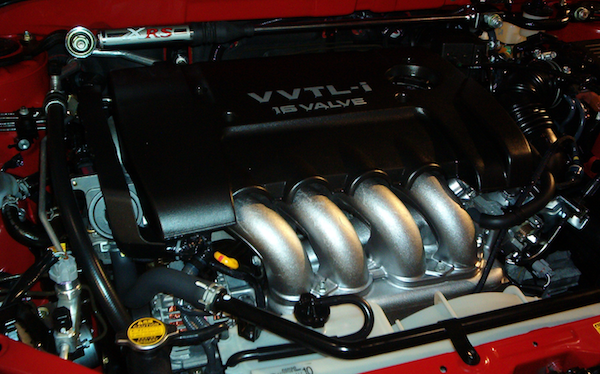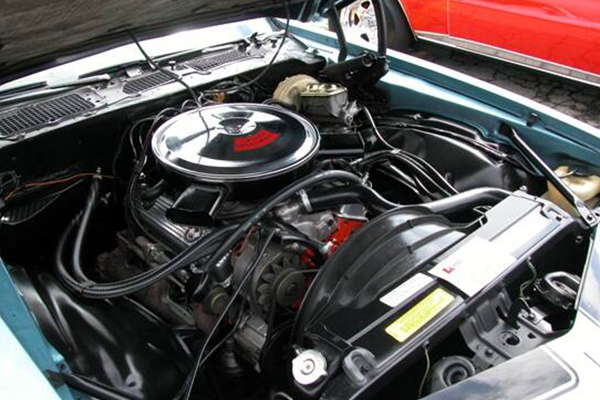Intake manifolds are a fascinating part of the internal combustion engine. Their design has a great deal of influence on how the engine performs. The simplest change can drastically alter how the engine feels under power.
Your engine in its most basic form is an air pump. As the piston moves down the cylinder during the intake stroke, it's pulling a fuel/air mixture through the intake valve. Above that, your fuel system (unless your car has direct injection) is delivering fuel through the open intake valve. The oxygen supply needed for combustion is coming in at the same time, via the intake manifold.
And why should you know this? Because the design of the intake manifold has a significant effect on the output of your engine.
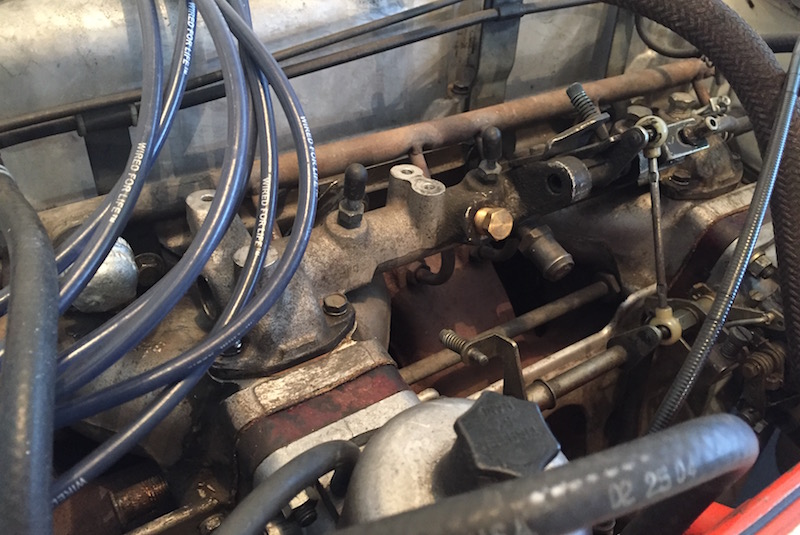
The Long and Short of It
Back in the days of prohibition, moonshiners started modifying their cars with the purpose of getting away from the law. One of the quickest ways to get more power out of a car is to allow the engine to breathe more efficiently. If an air intake is like your nose, then the intake manifold is like a pair of lungs. You can sniff all you want, but if your lungs aren't up to the task of taking on that air, you're going to have trouble.
Intake manifolds are designed to evenly distribute air to each cylinder of the engine. The more cylinders an engine has, the more complex this becomes. Older vehicles were pretty uniform in the way their manifolds were designed. Each cylinder has its own dedicated “runner" that delivers the air to the cylinder through the intake valve(s).
The tricky thing is, the length and diameter of the intake runners affect where you get your power. If your intake runners have a larger diameter, you'll have higher horsepower, while a smaller diameter has less power but will allow you to reach that peak power more quickly. Longer runners are good for low-end power, while short ones are best for when you need the power in the upper registers of your power band. This is where modern technology comes in handy.
Power Where You Want It

Older cars had to find the happy median with their intake manifold design to perform the best for their typical scenario of use. Many new cars can have the best of both worlds — or at least a broader range of the two.
Commonly called the DISA valve, a butterfly valve is built in to their intake manifolds to adjust the length of the intake runners depending on the throttle position. This ingenious little device is quite common on BMWs, for example. It helps bring a wider range of performance to a vehicle without having to swap the intake manifold out for specific power needs.
If you're modifying an older car and you want more power, you'll have to stick to the more traditional method. Depending on where you want your power, you'll want a specifically designed manifold for that purpose. Take this Edelbrock Performer intake for example. You'll see that in the product description, it's designed to run at idle to a 5500 RPM limit and will provide a broad torque curve with excellent throttle response and mid-range power. This particular setup would be good for a muscle-car owner who is looking for good power on the street. Good throttle response and mid-range power is what you want if your goal is to be the stoplight drag king.
This Edelbrock Performer RPM intake, in contrast, is built with high-end power in mind and would be better suited for situations in which top speed is the end goal.
When To Replace Your Manifold
You may not be looking to soup up your daily driver, but knowing how your car works is always a benefit to a car owner and can save time and money. Most intake manifolds on late-model cars are made of plastic. Over time they may crack, warp, or have a bad gasket. Typical symptoms of a faulty intake manifold would be hard starting, stumbling during acceleration, and often a "check engine" light. A leak in the intake manifold would likely set off a code that your engine is running too lean or getting too much air. A lean running engine could lead to premature detonation in the cylinder, which leads to major damage of the engine.
Have you found the perfect setup for your car? Let us know what you're running in the comments below!
